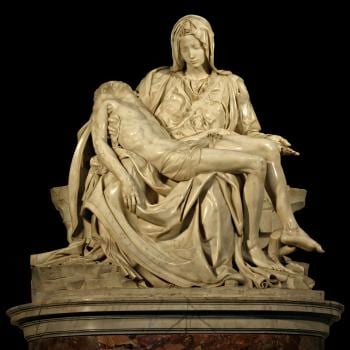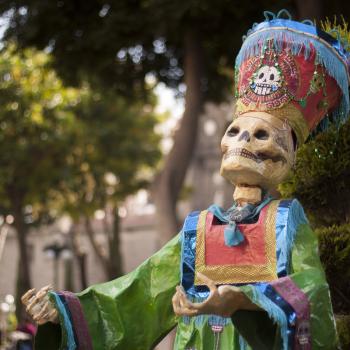Today Pope Francis washed the feet of twelve detainees in a youth detention center. Two of them were female.
Last year I wrote this post explaining why the rubrics call for men to have their feet washed. Jimmy Akin explicates the texts and offers an excellent commentary here.
What are we to make of the Holy Father disregarding the rubrics which call for “selected men” to have their feet washed, and what does his washing feet of females say about the link between the foot washing and the apostolic ministry?
Jimmy Akin points out that the church documents don’t actually link the foot washing with the apostolic ministry, although that is one level of symbolism. Instead it states that the foot washing is primarily a sign of service.
Clearly, the Holy Father wishes to emphasize this symbolic aspect of foot washing more than the link with the apostolic ministry. At the heart of the symbolism of foot washing are the Lord’s words, “I have not come to be served, but to serve.” and “The greatest among you must be the slave of the least.” By taking a step to the lowest of the low in society and washing their feet he is emphasizing the heart of the ceremony–at the expense of the other rich symbolism of Holy Thursday.
What do I make of it? It’s okay. He’s the Pope. I’m concerned that his willingness to disregard the rubrics may give the wrong signal and give carte blanche to every other priest who wants to use the liturgy to make a personal point. I personally wish he had found a way to combine all the elements of this rich symbolism together–maybe by choosing to wash the feet of selected priests and brothers who spend their lives serving the poor. He would thereby have also re-emphasized his role as “the servant of the servants of God”. By doing this within his basilica of St John Lateran (I know he hasn’t yet taken possession of it) he would also be showing through rich and traditional symbolism, the role of the Bishop of Rome as the servant of the poor by washing the feet of those priest members of the Body of Christ who serve the poorest of the poor.
On the other hand, by taking a radical step and washing the feet of poor young prisoners–women as well as men–he not only reminds us of the radical nature of the symbol, but also the unexpected and sometimes upsetting example of the Lord himself–who upset some religious traditions in order to make a point.
In the gospel Jesus repeatedly flouted some strict rules for a greater good, and so upset the religious legalists. Did the Pope break the rubrics? At the end of the day the rubrics are there to serve the gospel–not the gospel to serve the rubrics.











